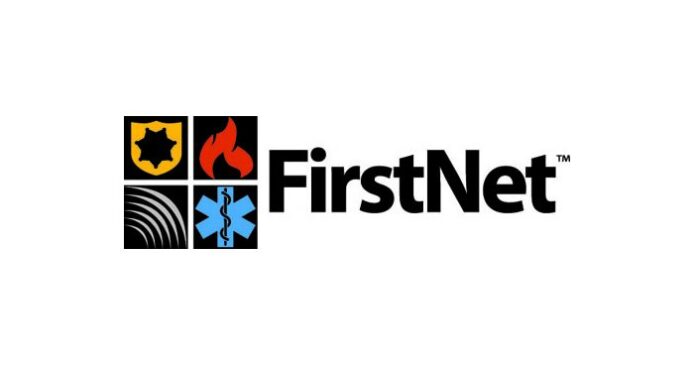As state’s continue to opt in to the $46 billion plan for AT&T and governmental partners to build a nationwide LTE network dedicated to public safety communications, Verizon has moved from signaling its continued dedication to public safety to articulating its intention to build a core network dedicated to public safety.
“We’re making the investments necessary to give public safety access to the best possible network coverage, reliability and capability, when and where they need it,” Michael Maiorana, senior vice president, Public Sector for Verizon, said in a statement. “Our public safety network will provide a comprehensive and cost-effective solution for public safety, and we’ll continue working to offer first responders the network reliability and access to innovative services they need to keep our communities safe.”
Earlier in the week, in an interview with IWCE’s Urgent Communications , Maiorana said, “We want to make sure that they know that we’re here to stay. We’re going to continue to evolve to deliver them network, support and product that they need to do their jobs…We’re here, we’re going to continue to commit to give you the service that you’ve depended on for years, don’t forget about us.”
Verizon says it will build and operate the core network “separately from our commercial core and provide first responders with access to the company’s 24 million square mile 4G LTE network,” give priority access and preemption to first responders, provide push-to-talk-plus, make available devices that support Band 14 and “enable full interoperability with any Band 14 radio access networks (RANs) deployed by FirstNet.”
With its win of the $7 billion FirstNet contract, AT&T was been dominating public safety communications news and mind share as states continue to opt in to the carrier’s plan, which developed in partnership with the First Responder Network Authority. AT&T said it will invest $40 billion, along with the federal funding, to support public safety communications in 20 megahertz of 700 MHz spectrum giving first responders priority access and otherwise using the new spectrum to support its business.
In July, Verizon asked the FCC for clarity on whether states that opt-out of AT&T’s plan can build and operate their own network cores that would interoperate with FirstNet. On a technical level, allowing the operation of multiple FirstNet cores that must interoperate with each other poses some major challenges, according to independent telecom analyst and longtime FirstNet expert Andy Seybold. He pointed out that the expected framework for FirstNet has changed over time, evolving from discussions about a “network of networks where each state would have its own network and its own EPC, and all the EPCs would be tied together” to the national network with a single core ultimately laid out in the Firstnet Request for Proposal won by AT&T.

